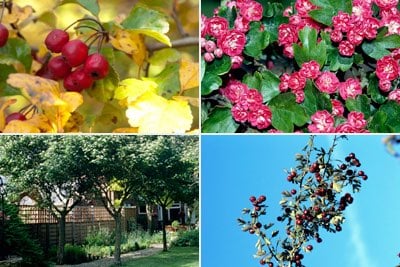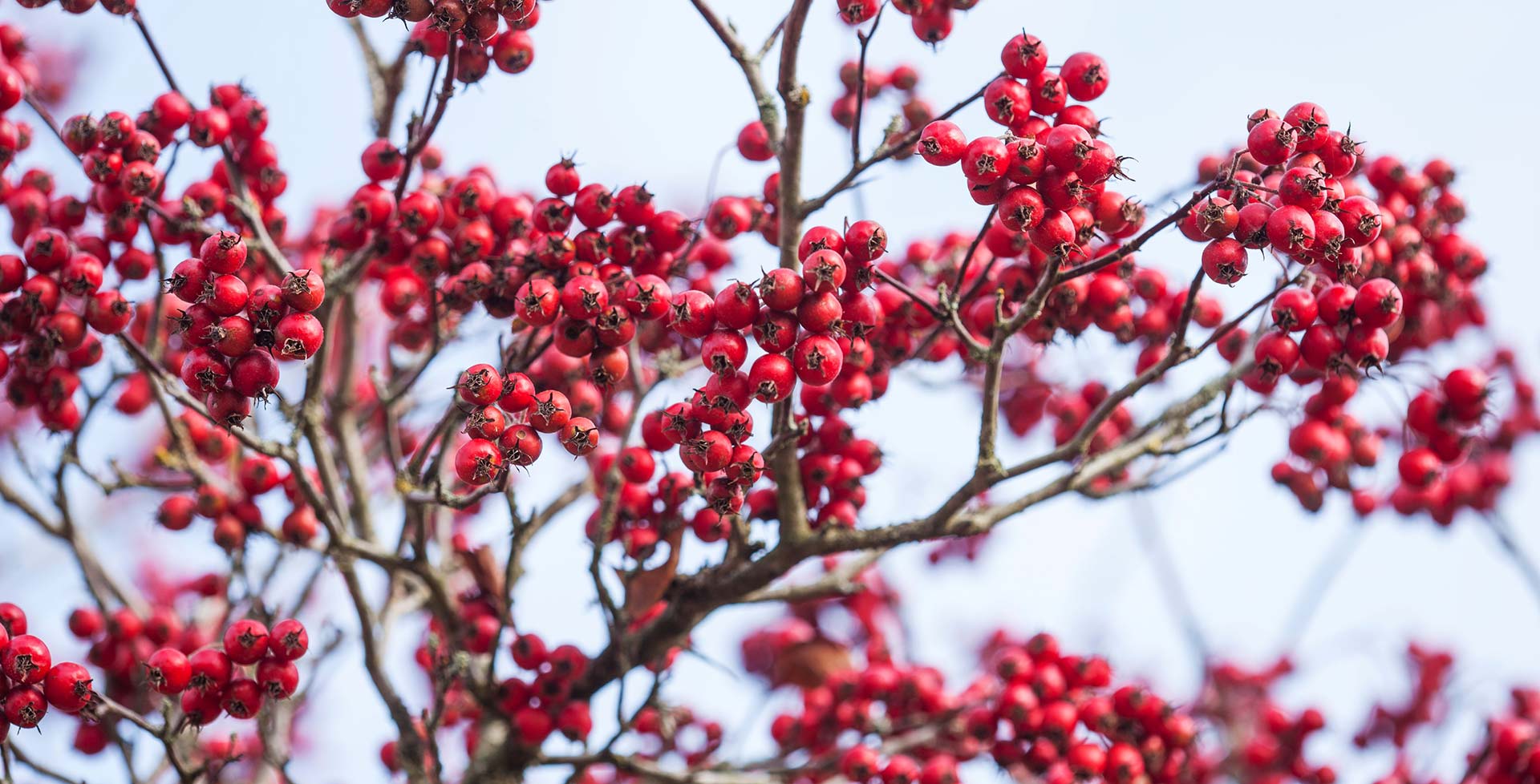
Introducing...
Hawthorn
Botanical name: Crataegus
Common name: Hawthorn
Common in hedgerows, the blossom of these trees is a sign of warmer, longer days. Small round fruits and autumn leaf colour extend their season of interest. Versatile in use, they can be grown as hedges, shrubs or trees that thrive on a range of soils and in exposed situations. The tree provides a good wildlife habitat, with masses of nectar-rich flowers for insects and autumn berries, known as haws, offering food for birds.
Looks
Mature specimens are medium sized trees with pendulous branches along which clusters of small, cup-shaped white or pink-red flowers emerge in spring. Red or orange, elongated berries follow in autumn, often persisting through winter. With dense thorny branches, they also make an excellent hedging plant.
Likes
Hawthorns will grow in most soil types, in sun or light shade. They are tolerant of exposed sites and urban pollution.
Dislikes
Hawthorns do not do well in permanently waterlogged soil and will not flower in deep shade.
Did you know?
The old English saying ‘Ne'er cast a clout till May be out’ is believed to mean – you shouldn't remove warm clothing (clout) until hawthorn (also known as May) is flowering. Some people believe it refers to the month of May; either interpretation reminds us how changeable UK weather can be in late spring.
Growing guide
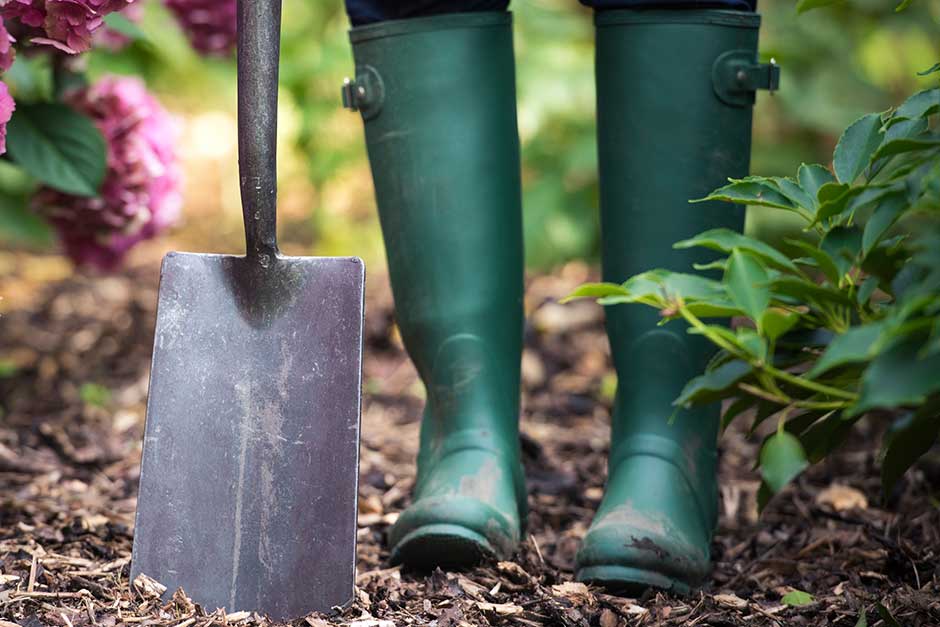
How to grow hawthorn
All the information you’ll need to grow & care for hawthorn in your garden.
Hawthorns we recommend
Crataegus laevigata 'Paul's Scarlet'
hawthorn 'Paul's Scarlet'
- 4–8 metres
- 4–8 metres
Crataegus × lavalleei 'Carrierei'
hybrid cockspur thorn 'Carrierei'
- 4–8 metres
- Wider than 8 metres
Crataegus laevigata 'Paul's Scarlet'
hawthorn 'Paul's Scarlet'
- 4–8 metres
- 4–8 metres
Crataegus × lavalleei 'Carrierei'
hybrid cockspur thorn 'Carrierei'
- 4–8 metres
- Wider than 8 metres
Useful advice
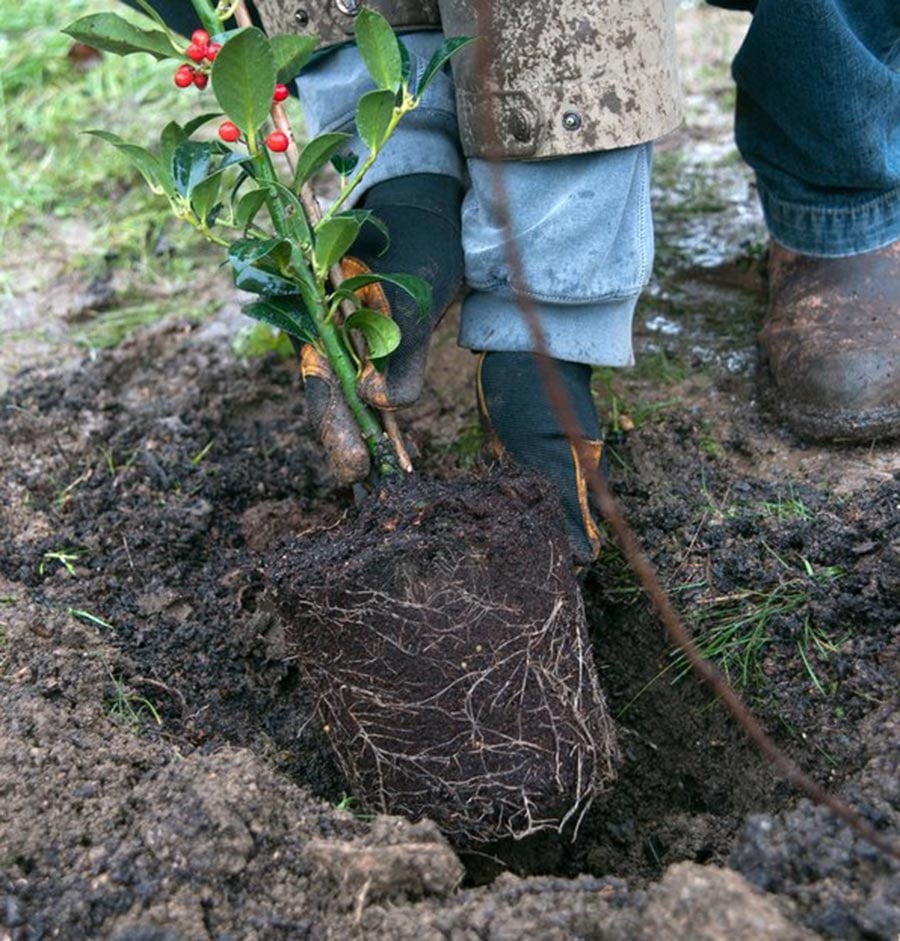
Hedges: planting
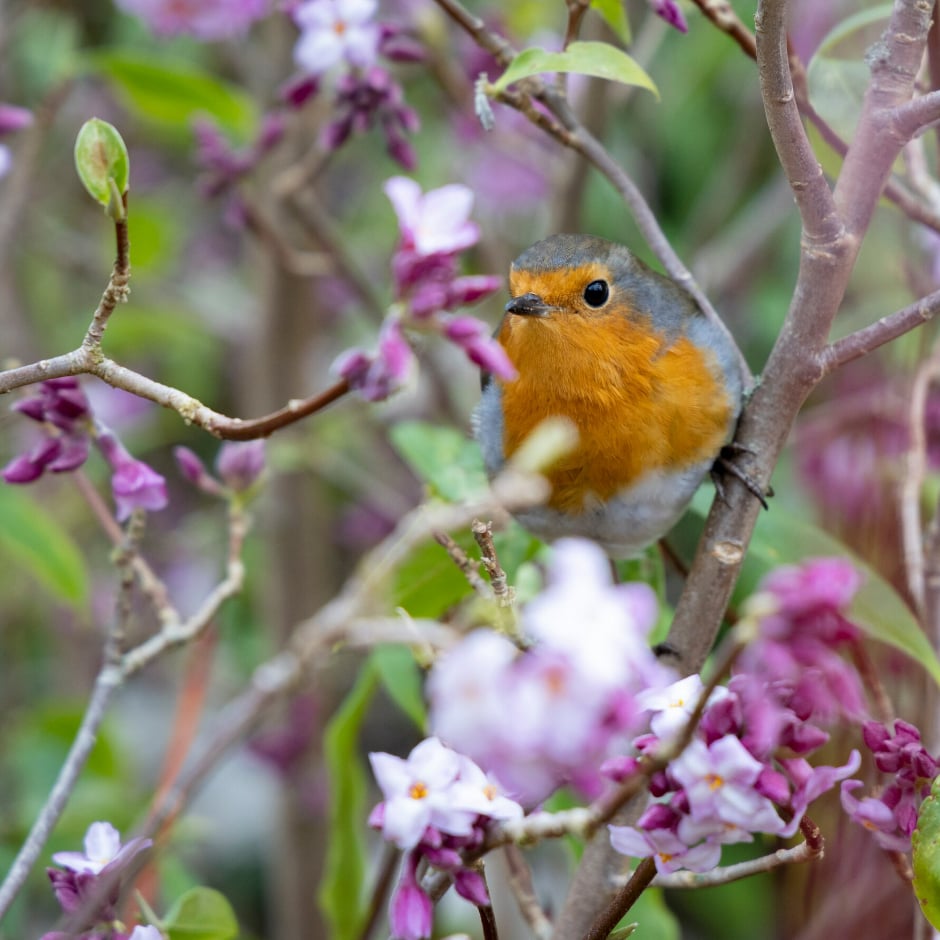
Birds in your garden
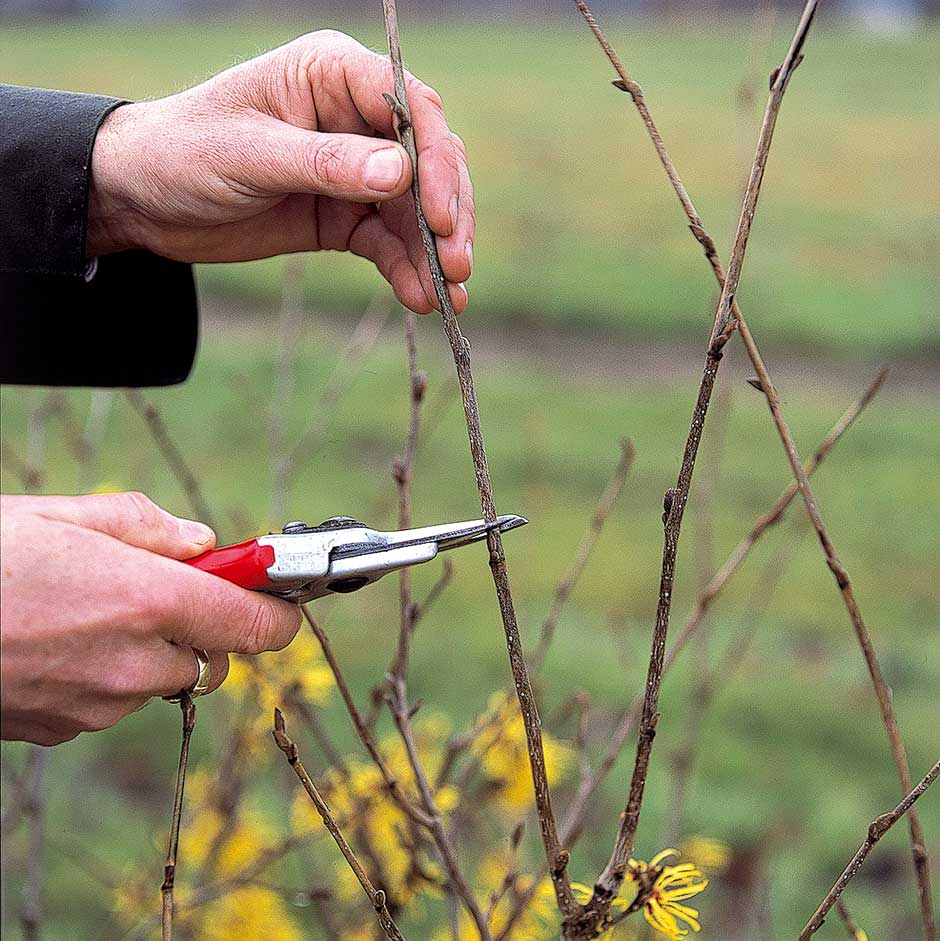
Shrubs and trees: light pruning
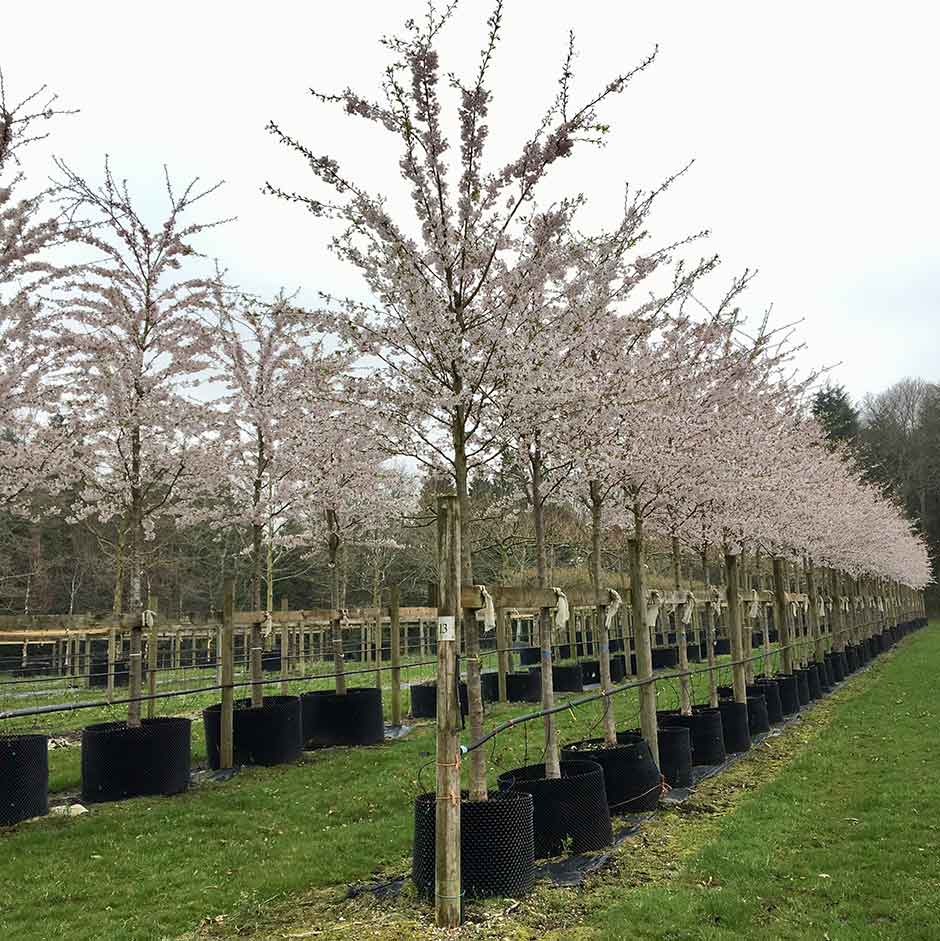
Buying: trees and shrubs
Get involved
The Royal Horticultural Society is the UK’s leading gardening charity. We aim to enrich everyone’s life through plants, and make the UK a greener and more beautiful place.
